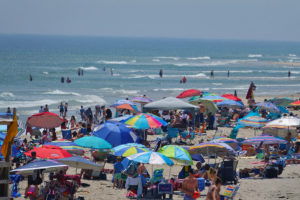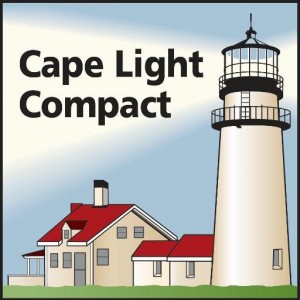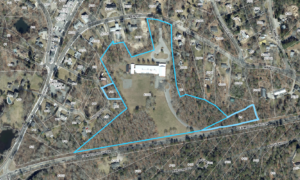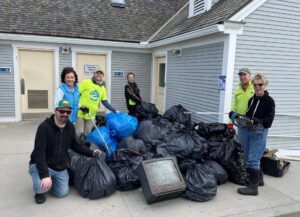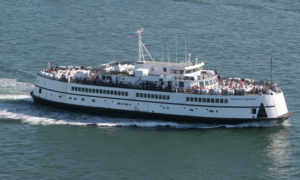Originally known as South Parish of Eastham, which was settled in 1644, Orleans became incorporated in 1797 after seeking independence since 1717. The Nauset Indians were the native people of the area. The relationship between the settlers and Native Americans was peaceful and co-operative. The present Nauset Heights area was the farming site of the Indians. The last of their settlements lived in South Orleans.
Farming was a constant factor from the beginning of the settlement. The once heavily forested area became decimated fuel to the creation of farming and pasture needs, lumber for housing, heating needs and the ship building requirements of both the English King and the colonists.
The formerly barren landscape is now covered with trees and vegetation and people are very supportive of land conservation. The advent of the National Seashore Park in 1962 created the complete tourist economy of today. The charm and beauty of the town has created a large retirement population with a younger service population.
Orleans currently hosts a population of just under 6,000 year-round residents, according to a 2017 poll by the US Census Bureau. It sits just at the “elbow” of the Cape, and has water on two sides – Cape Cod Bay on one, and the Atlantic on the other. Nauset Beach, a sandy, 10-mile stretch of coastline from Orleans to Chatham, is part of the National Seashore.
The French Cable Station Museum, located at Route 6A and Cove Road, offers free guided tours of its historic collection of original Atlantic undersea telegraphic cables, instruments, maps, and assorted memorabilia. The station is part of American history. During World War I, General Pershing in France communicated with the US Government through this cable station. In 1927, the message that Charles Lindbergh had landed in Paris came through this station from Paris. It was then sent to the rest of the United States.
The Jonathan Young Windmill is historically unique, with all of its early parts and machinery intact, far more than many others which have been substantially altered through restoration efforts. This windmill was built in the early 1700s in South Orleans. By 1839 it was moved to overlook the Town Cove on the present hillside site of The Governor Prence Motor Inn on Route 6A. During the recent restoration it was relocated to the small park on the shore of Town Cove, where it stands today.
Orleans has the distinction of being the only U.S. site of attack by the Germans in WWI. On July 21, 1918, the German submarine U-156 surfaced about three miles off Nauset Beach and shelled the tugboat Perth Amboy and the four barges it had in tow. The barges were sunk, the tug was badly damaged, and two people were injured. Several shots fired from the U-boat’s 5.9-inch deck guns hit the Orleans shore, making the town the only place on U.S. soil to receive enemy gunfire during World War I. The Coast Guard, the Navy, the French Cable Station, the militia, the press, and the citizens of Orleans are all play major parts in the drama that developed on that day 100 years ago.




